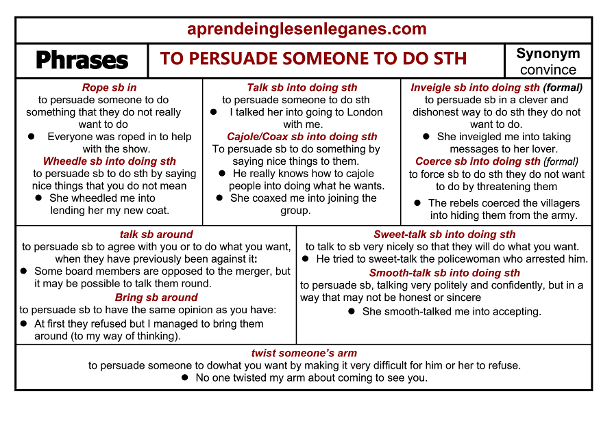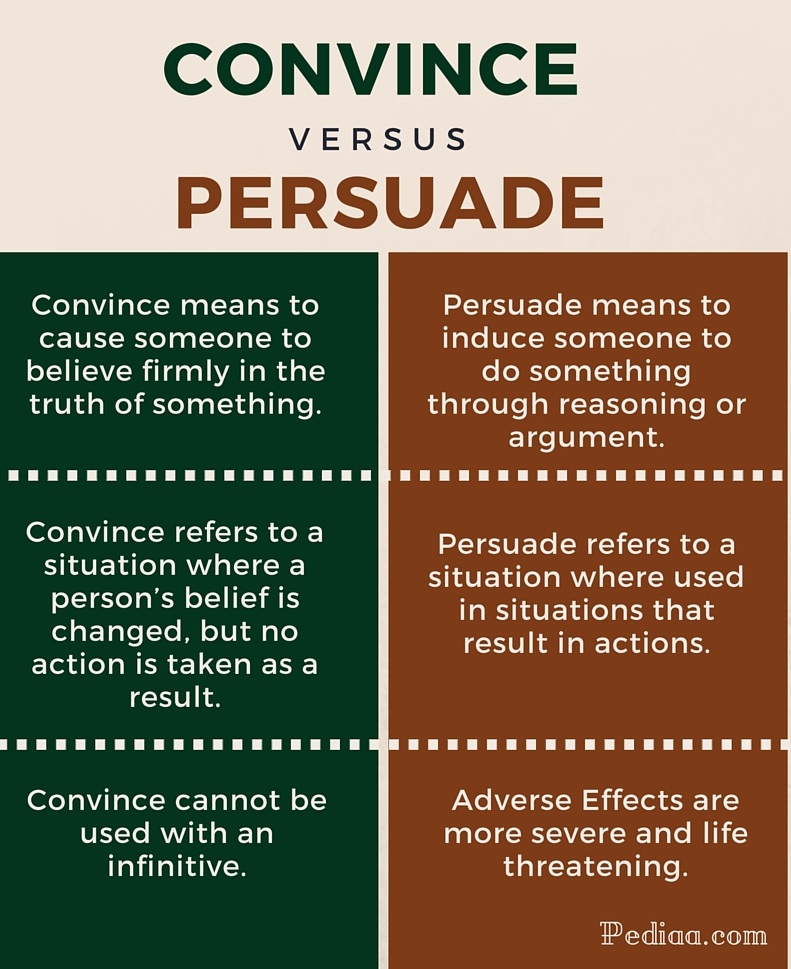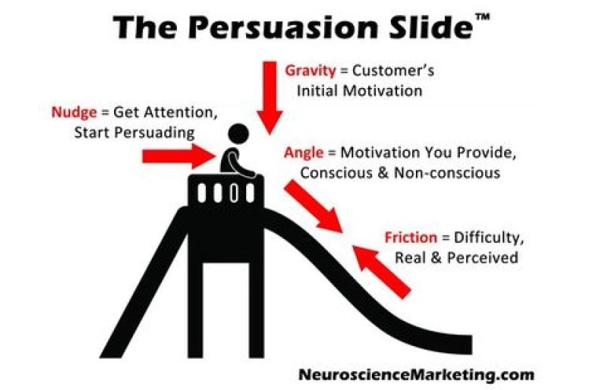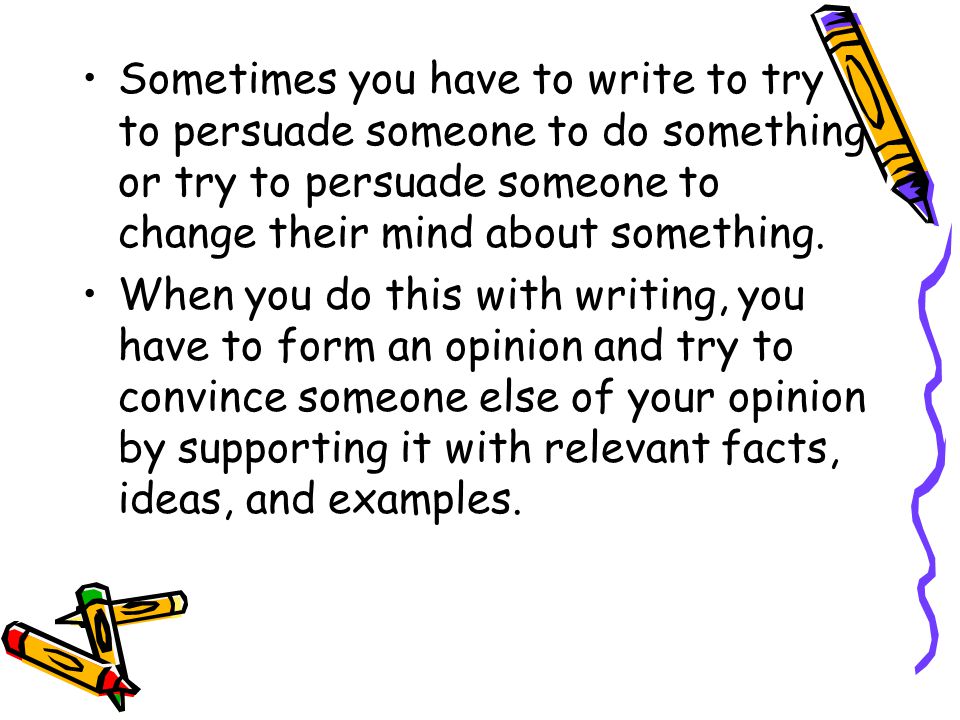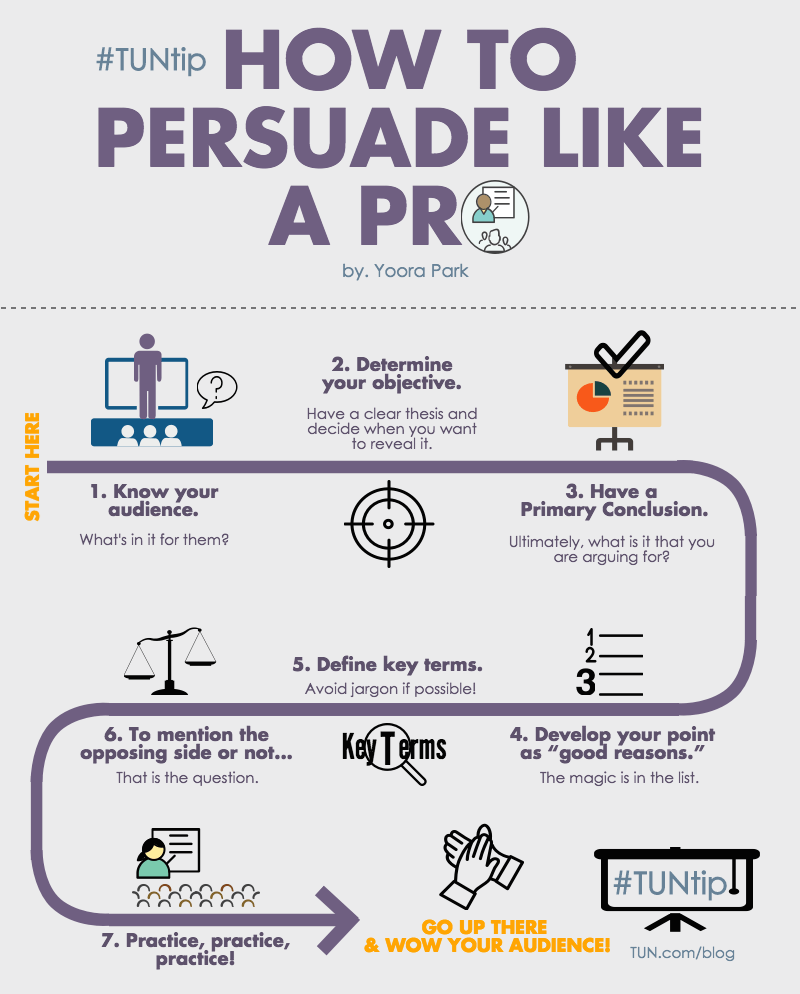How Do You Convince Someone To Accept Your Ideas

In an increasingly polarized world, the ability to effectively communicate ideas and persuade others is more crucial than ever. From boardrooms to classrooms, and even within families, understanding the art and science of persuasion can lead to greater collaboration and progress. But how exactly do you convince someone to accept your ideas, especially when facing differing viewpoints?
The challenge of persuading others is a complex interplay of psychology, communication skills, and understanding the audience. This article explores strategies and techniques for effectively conveying your ideas and fostering acceptance, drawing on insights from psychology, communication studies, and practical experience.
Understanding the Landscape of Persuasion
At its core, persuasion isn't about manipulation; it's about building bridges. It involves presenting your ideas in a way that resonates with the other person's values, beliefs, and needs. A key element is understanding their perspective before attempting to influence it.
According to social psychologist Robert Cialdini, author of "Influence: The Psychology of Persuasion," there are six key principles of persuasion: reciprocity, scarcity, authority, consistency, liking, and consensus. These principles provide a framework for understanding how people are influenced and can be applied ethically in various contexts.
Building Rapport and Trust
Before presenting your ideas, it’s vital to establish rapport and trust. People are more likely to be receptive to ideas from someone they like and respect. This can be achieved through active listening, showing empathy, and finding common ground.
Active listening involves paying attention not only to the words being spoken, but also to the speaker's body language and emotions. Showing empathy demonstrates that you understand their perspective, even if you don’t necessarily agree with it.
Finding common ground creates a sense of connection and shared understanding. Highlighting shared values or goals can help to bridge the gap between differing viewpoints.
Crafting Your Message Effectively
How you present your ideas is just as important as the ideas themselves. Clear and concise communication is essential. Avoid jargon and technical terms that might confuse your audience.
Use storytelling and examples to illustrate your points. People are more likely to remember and be persuaded by stories than by abstract arguments. Data and statistics can also be powerful tools, but they should be presented in a way that is easy to understand.
It’s also crucial to acknowledge potential counterarguments. Addressing objections preemptively demonstrates that you have considered different perspectives and strengthens the credibility of your argument.
Navigating Difficult Conversations
Persuasion often involves navigating difficult conversations and differing opinions. Remaining calm and respectful is crucial. Avoid personal attacks and focus on the merits of your ideas.
Ask open-ended questions to understand the other person’s perspective. This shows that you are genuinely interested in their viewpoint and encourages them to engage in a dialogue.
Be prepared to compromise. Persuasion is not always about getting everything you want; it’s about finding a solution that works for everyone involved. Sometimes, the best outcome is a shared understanding, even if complete agreement isn't possible.
Ethical Considerations
It's important to note the distinction between persuasion and manipulation. Persuasion seeks to inform and influence while respecting the other person's autonomy. Manipulation, on the other hand, seeks to deceive or coerce someone into acting against their best interests.
Ethical persuasion involves being transparent about your intentions and presenting accurate information. Avoid using fear tactics or other manipulative techniques.
Ultimately, the goal of persuasion should be to create a win-win situation, where both parties benefit from the exchange of ideas.
The art of persuasion is a valuable skill that can be honed over time. By understanding the principles of psychology and communication, and by practicing empathy and active listening, individuals can effectively convey their ideas and foster greater understanding and collaboration.
Mastering this skill can lead to positive outcomes in personal relationships, professional endeavors, and even in shaping public discourse. The key is to approach persuasion with integrity, respect, and a genuine desire to find common ground.
